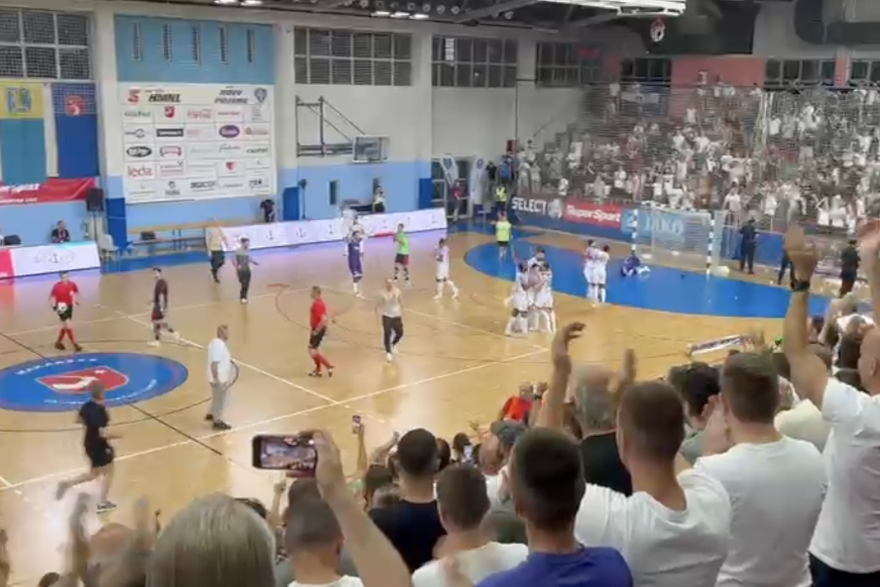La Tempore makes time disappear in luminous ‘Vespers’ by Rachmaninov
/s3/static.nrc.nl/images/gn4/data131243302-58b3b8.jpg)
Who would not sign to change space with conductor Simon-Pierre Bestion, standing in the middle of his circle of 32 singers, and to let you take on the smooth lines of Rachmaninov to the domain of timelessness? Rachmaninovs Vespers own tons of emotional depth and raising beauty. The French Ensemble La Tempête put it in the light on Tuesday evening in Utrecht, literally and figuratively.
The collective around the quirky Bestion (37) has only been around for ten years, but at that time it was a striking niche in the music landscape at that time with spatially designed concert rituals and unusual program combinations. Especially within the old music, where the artistic focus is – in 2023, La Tempête was still artist in Residence at the Old Music Utrecht festival.
Bestion does not hesitate to throw itself on repertoire of much later date. The recording of this appeared in 2022 Vespers became Discussed in this newspaper. But for the full experience you have to hear and see this ensemble live, because what unfolds in the room in front of the eye forms a meaningful layer on what you hear.
Overall experience
Bestion is known for its use of light, space and movement to make its concerts a total experience. The octagonal large room of TivoliVredenburg is an ideal leeway with its steps and balustrades. The choir is therefore never in a ‘normal’ choir arrangement. The singers walk past the audience (withdraw legs!), Meandering over the stage, sit on the floor, stand in a circle or in rows far opposite each other.
That spaciousness gives the contrasting music between men’s and women’s voices, and between choir and soloists, extra expressiveness. When a solotenor is heard from the room above serene women’s voices, time disappears. The Byzantine singer Adrian Sîrbu anchores that feeling in winding, one-voiced hymns, who descend between Rachmaninov’s cords to the age-old depth of the Eastern Orthodox liturgy.
On stage and along the walls, white and bronze -colored pears flasp at different speeds and dynamics with the music. The most memorable moment: the ‘Bogoroditse Devo’ (‘Ave Maria’) so loved by many. Kneeling the singers come together around a central light point, so that the light squeezes itself in a star shape between them. When they then vary into a vertebral flow, their shadows bothered like a gigantic zoostrup against the room walls.
La Tempête has a choral sound that also remains transparent in the impressive fort moments. Here and there there are some irregularities – a resit of a bet, Slavic consonants that do not come out of the paint – but they do not detract from the rapture of this music. What that does: a cell phone. We are used to the fact that one sometimes goes off during a concert, and you can usually listen about it. But if during an evening like this, on which such the mystery is looked up, a ringtone pokes through the feeling of infinity at the most fragile moment of ‘Bogoroditse Devo’, then that is very unfortunate to say the least.

/s3/static.nrc.nl/images/gn4/stripped/data133310322-da1763.jpg|https://images.nrc.nl/sqGURXnVsxL-G3e6RY512MJ0SG8=/1920x/filters:no_upscale()/s3/static.nrc.nl/images/gn4/stripped/data133310322-da1763.jpg|https://images.nrc.nl/Po-yAoSh2hPgPNVkEl17uI3tS98=/5760x/filters:no_upscale()/s3/static.nrc.nl/images/gn4/stripped/data133310322-da1763.jpg)
:format(jpeg):fill(f8f8f8,true)/s3/static.nrc.nl/bvhw/wp-content/blogs.dir/114/files/2019/07/gruyter-caroline-de-2019-01-c.png)




